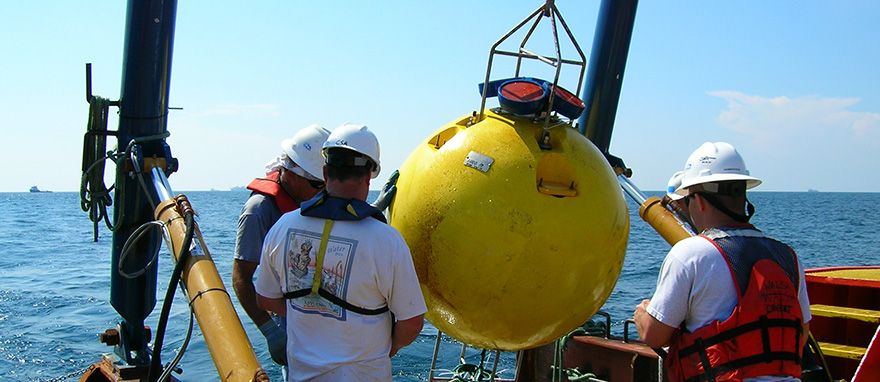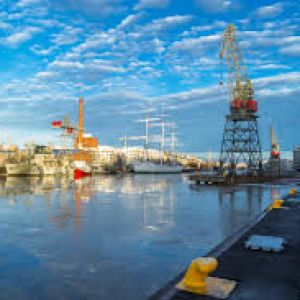How Do Oceanographic Researchers Use Ultra Short Baseline Sensors?Posted by Allison Smith on February 18th, 2020 When oceanographic researchers go out on the water, they leave with a lot of equipment that makes each survey that much easier. However, one of the biggest advances in the research world has been the Ultra Short Baseline sensor. You can learn about these sensors below, and you will learn how these advanced sensors can make the rest of your survey simpler. You can even rent most of the equipment you need from a company that helps researchers who have just gotten a boat for their next journey.
What Is The Ultra Short Baseline Sensor?Ultra Short Baseline is typically referred to as USL among equipment companies and researchers. Traditional CTD arrays must spread out their sensors so that there is no interference. This is because the sensors create enough electronic waves to distort your results. USL sensors have been designed so that they can be centimeters apart in some cases. This is a good thing for researchers because you can pack sensors together, deploy them on a small array, and use more than one set during your trip. Also, USL sensors are helpful when you need to pinpoint a certain area in the water. It is pointless for you to try to measure one tiny area when the sensors are spread out around that area instead of sitting in it. How Do You Set Up Your Boat To Carry These Sensors?Now that you have been exposed to the efficiency of USL sensors, you need to get a boat that will help you get where you need to go. The boat should have enough space for everyone on the team, and the boat should be fitted with a winch that will help you haul or launch ROVs (remote operated vehicles.) These submarines can survey the water while your USL sensors are doing their work. Plus, you can put a tracking beacon on your ROV so that you know the areas you have searched. Your winch can haul the ROV, and you can attach several more sensors and devices to the data cable if you like. Why Do You Need A Data Winch For The Journey?When you get a winch attached to the boat, you should ask for a data cable that attaches to the winch cable. You can get a video feed from your cameras, and you will see live data from your sensors. You could add an acoustic Doppler current profiler to check the currents, and you can send down CTD arrays that have special sensors attached to each part of the frame. all of these items can be attached to a data cable, and the data cable will come back to the boat where you can check the data in realtime.
Why Should You Rent These Items?You should rent ultra short baseline sensors, an acoustic Doppler current profiler, and other scientific equipment because that is cheaper than buying everything outright. You likely have a budget for the journey that you cannot exceed, and a rental company near the docks will deliver these items for a fraction of the retail price. Plus, you can experiment with items, give them back when they do not work, and keep using them if they work. Conclusion: How Do You Get Value From Each Rental Contract?Ask the equipment rental company if they have ultra short baseline sensors, an acoustic Doppler current profiler, ROVs, lights, cameras, and a data winch. Let the rental company give you a bit of advice about how to plan for your trip, and they will pick up everything when you are done to save time at the end of a long journey. Like it? Share it!More by this author |




